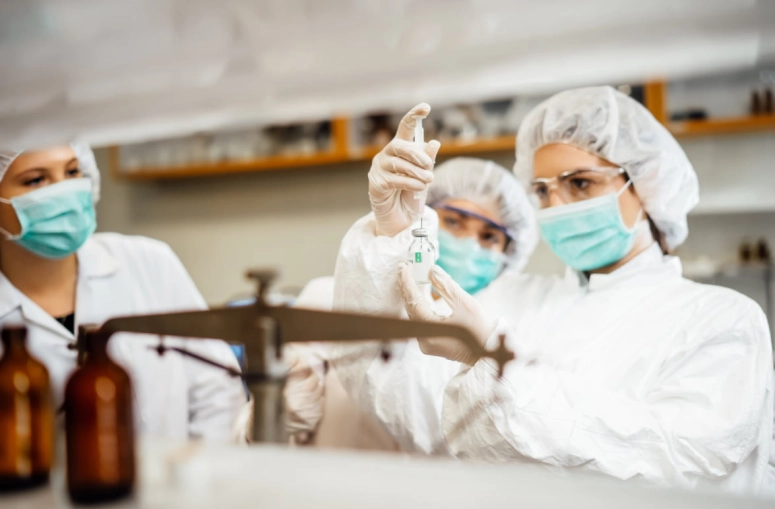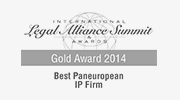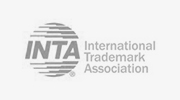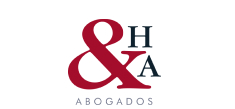Negligence on of a well-known trademark owner can result in its vulgarisation, even jeopardising the very existence of the product. Well-known trademarks enjoy a priori a special protection due to their recognition and prestige in the commercial trade, but this protection is not always preserved. In this article, we analyse the causes and effects of vulgarisation, as well as actions aimed at avoiding trademark revocation for this reason.
Trademarks as well-known distinctive signs
Trademarks are that intangible asset that allows differentiating a company´s products and services from those of its competitors, this being their main function.
The concept of a trademark is regulated in Article 4 of the Spanish Trademark Law and, based on guaranteeing its essential function, said law prevents the registration of identical or similar signs protecting the same or similar goods and services if this entails a risk of confusion and/or association in the consumer public (Article 6 TM). Therefore, there are two cumulative requirements that can prevent access to the registration of a trademark.
However, there is an exception to this prohibition in the case of well-known trademarks, i.e., those that are known by a significant part of the public interested in the goods or services (Explanatory Memorandum Royal Decree-Law 23/2018). When the trademark is known by the public, it is renowned, and the scope of its protection extends to any type of goods or services.
Causes and effects of a well-known trademark popularisation
In order to examine the vulgarisation of a trademark in greater depth, it is first necessary to start with a well-known distinctive sign, since its vulgarisation will result in the loss of its differentiating character and, therefore, of the qualified protection it enjoys.
In this sense, when we talk about trademark vulgarisation, we are referring to those distinctive signs which, being renowned, become the usual way of naming the goods and services they protect in the market.
There are many reasons why brands can be vulgarised, but there are two main ways this happens:
1. Vulgarisation in practice, which allows for rehabilitation, although it is often excessively costly.
2. Judicially declared vulgarisation, which does not allow for rehabilitation.
This second form occurs through the revocation procedure provided for in Article 54.1.b) of the Trademark Act:
A trademark shall be declared revoked on application to the Spanish Patent and Trade Mark Office or on the basis of a counterclaim in an action for infringement of a trade mark: b) When it has become, through the activity or inactivity of its owner, the customary designation in trade of a product or service for which it is registered.
The main consequence of a trademark revocation is the sign becoming public domain and free to use; it therefore loses its raison d’être, as it is incapable of identifying the specific business origin of some goods and services. Once the registration of a trademark has lapsed, revocation will take effect from the time when revocation was requested (by application for revocation or by counterclaim) unless the claim expressly requests that such effects go back to the time when the events or omissions that gave rise to the revocation occurred, and this is so agreed in the decision or judgement.
Measures to prevent the vulgarisation of a trademark with a reputation
For this type of revocation to be possible, in accordance with the mixed system followed in Europe, it is not only sufficient that the trademark has become generic, but that this circumstance must be accompanied by both passive and active negligence of the proprietor.
Therefore, both an objective condition, i.e. that the sign has become the usual designation of the product or service for which it was registered, and a subjective condition, i.e. that such conversion has taken place due to an activity or inactivity of the proprietor or that, at least, it has contributed to the popularisation in a significant manner, must be present.
This second requirement is particularly striking since, for a trademark with a reputation to lose its distinctive character, causal action or inaction of the trademark owner is necessary and, as long as this does not occur, the trademark will continue to enjoy the qualified protection provided for trademarks with reputation.
Therefore, when faced with the possible risk of trademark vulgarisation, its owner must take certain actions aimed at preventing it, bearing in mind that excessive activity may have the opposite effect and the trademark may finally be vulgarised, hence the relevance of the second subjective requirement provided for in the law. Among the possible measures to be adopted by the owners of well-known trademarks, we would highlight the following:
– Faced with the possible vulgarisation of a trademark, inaction on the part of its owner must be avoided in any case, i.e. it must be possible to prove that the trademark is used in an appropriate manner, fulfilling the essential function for which it was created, thus preventing it from becoming the common name of the protected goods and/or services.
In Spain, some of the most famous cases of vulgarisation as a result of inaction on the part of the owners are: The Judgment of the Provincial Court of Barcelona No. 557/2004 of 21 December 2004 where the trademark “Ganchitos” was declared to be vulgarised, becoming a common name to refer to a “corn snack”, due to the lack of action of its owner

, or the Judgment of the Provincial Court of BCN (15th) no. 378/2018, of 6 June, by virtue of which the trademark “AFTERSUN” was vulgarised.

The trademark was not only allowed to be used by direct competitors but was also used by the proprietor to refer exclusively to products for the protection of the skin after exposure to the sun and was therefore declared to be commonplace.
These actions aimed at testing and improving trademark use must be known by everyone having a relationship with the distinctive sign, from workers to customers, including the distributors themselves, in order to establish a common strategy to defend the differentiating character of the sign.
– Likewise, it is just as important to make proper use of the trademark as it is to avoid its improper use by competitors, distributors, employees, etc. To avoid these situations, it is recommended to promote certain judicial and extrajudicial actions aimed at preventing it. This was the case for the brand “Oropesinas”.

which in the end was not vulgarised as agreed in STS 292/2014 Sala 1ª 11 June 2014, as it was taken into consideration, among other issues, that the trademark owners required the infringers to cease the improper use of their trademark.
– In addition, it is advisable to carry out advertising and marketing campaigns to raise awareness of the trademark as a distinctive sign to identify specific products, thus preventing it from becoming generic. We highlight the important advertising campaigns carried out throughout its history by Coca-Cola, which allows it to distinguish itself from its competitors and the case of the brand

Because of the risk of vulgarisation, VELCRO legal team produced a very successful advertisement in which, in song, they clarified “some questions” about the correct use of the VELCRO® trademark, such as, for example, that when “velcro” is used as a noun or verb (e.g. velcro shoes), our trademark loses importance and our lawyers lose out. And we would add that everyone loses, as the corporate origin of a hook and loop fastener may not be from the company that owns VELCRO and may be of lower quality. Corporate origin ensures that what is purchased under a brand name meets the expectations that the consumer has when purchasing a product or service under a particular brand name.
The opposite is true of the BIO brand

owned by Danone, where excessive action on the part of its owners led to the vulgarisation of the trademark (STS 1229/2008 22 December 2008). The current EU regulations on the use of the suffix BIO exclusively for organic products also played a role in this vulgarisation.
One of the most famous examples of vulgarised trademarks is the brand name ASPIRIN, vulgarised in the USA

and yet, thanks to the important work done by Bayer in Europe, trademark protection has been maintained here. In US law, the subjective element concerning the action or inaction of the trademark owner does not concur.
– It is also important to invest in brand protection, taking actions aimed at making the public aware of its status as a distinctive sign, for example, by including legends such as ®, TM or registered trademark on the products themselves, or using the brand name, such as LYCRA®, VELCRO® MAIZENA®, Tiritas®, etc.
– There is also the possibility of requesting an express reference in dictionaries to the fact that the word of which the distinctive sign consists is a registered trademark, which has been done for trademarks such as CRAYOLA, CELO, LYCRA, GOMINOLA…, many of them without the desired success. MAIZENA and TIRITAS, whose etymology, according to the RAE dictionary, is derived from a registered trademark, have been at least partially successful.
These measures, as well as any other aimed at preventing the trademark from becoming commonplace, are essential in revocation proceedings, to prove to the court that the trademark owner has taken action to prevent it from becoming commonplace.
As we have already indicated, the most tangible consequence of a trademark vulgarisation is that this sign becomes part of the public domain. However, and in this sense, we must differentiate not only between countries but also between trademarks that are already vulgarised and others that, despite being at risk of vulgarisation, continue to work to defend their differentiating character, even though we have often included them in our vocabulary as generic, such as, for example:

For this reason and in order to avoid the vulgarisation of a distinctive sign, it is essential that the trademark owner, whose efforts over time have given it special trademark protection, acts correctly, despite the fact that lack of, inappropriate or excessive use can all lead to the definitive disappearance of the trademark.




























Comentarios
No Comments